Pedestrian Traffic Light Controller: An Overview
Pedestrian traffic light controllers are integral components of urban traffic management, designed to regulate pedestrian movement across roadways. These systems ensure safety by managing the flow of pedestrians, thereby reducing the likelihood of accidents at crosswalks and intersections.
Types and Applications
There are various types of pedestrian signals tailored to different environments and traffic conditions. Some are synchronized with regular traffic lights, while others are stand-alone units that respond to pedestrian input. These controllers are commonly found at urban intersections, school zones, and high-traffic pedestrian areas.
Technical Features and Materials
Modern pedestrian crossing systems incorporate LED technology due to its energy efficiency and visibility. The construction of these systems often involves durable materials like high-strength iron for poles and robust plastics or metals for the housing, ensuring longevity and resistance to weather conditions.
Energy Efficiency and Sustainability
The latest pedestrian traffic management solutions include solar-powered options, which offer sustainable energy consumption and reduce the need for electrical wiring. This eco-friendly approach not only conserves energy but also ensures uninterrupted operation, especially in areas with frequent power outages.
Durability and Design
A pedestrian traffic light controller is designed to withstand various outdoor conditions. The base and structure are engineered for stability, supporting the weight of solar panels where applicable. The design considerations ensure that the controllers remain functional and visible in different weather scenarios.
Advantages of Upgraded Controllers
Upgraded traffic control devices for pedestrians offer enhanced visibility and reliability, contributing to safer pedestrian navigation through traffic environments. The use of LEDs not only improves the lifespan of the lights but also provides a cost-effective solution due to lower energy consumption.
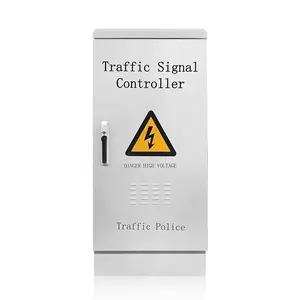



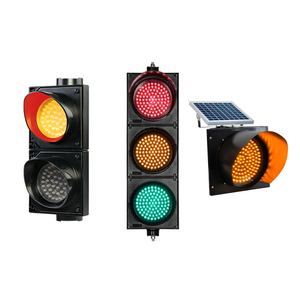

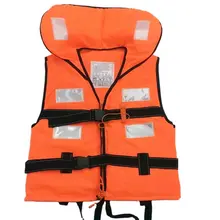
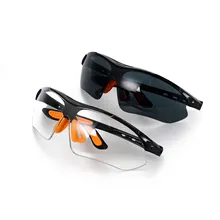


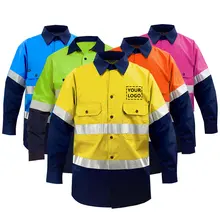
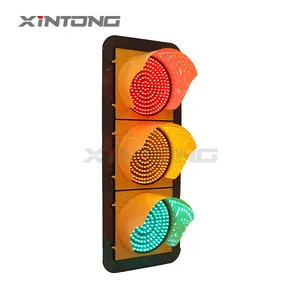




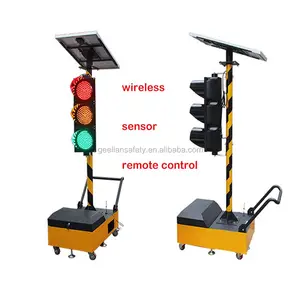
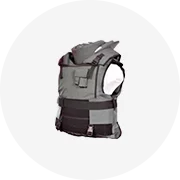


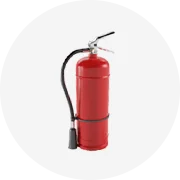
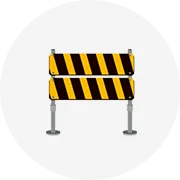








 浙公网安备 33010002000092号
浙公网安备 33010002000092号 浙B2-20120091-4
浙B2-20120091-4